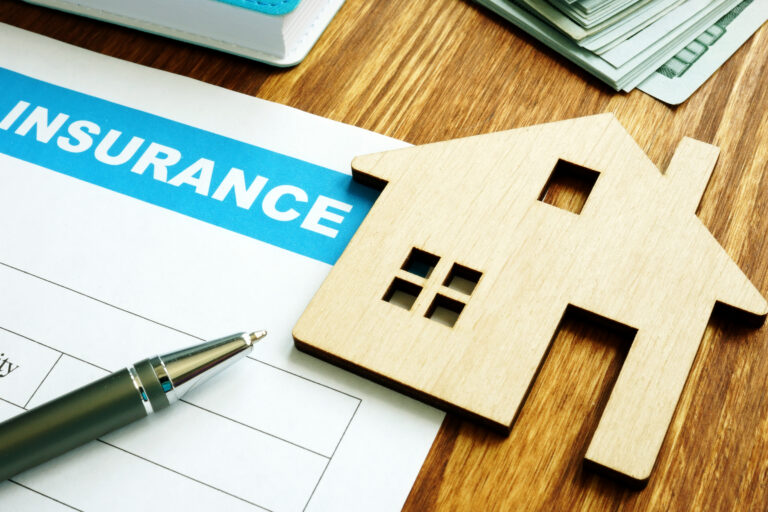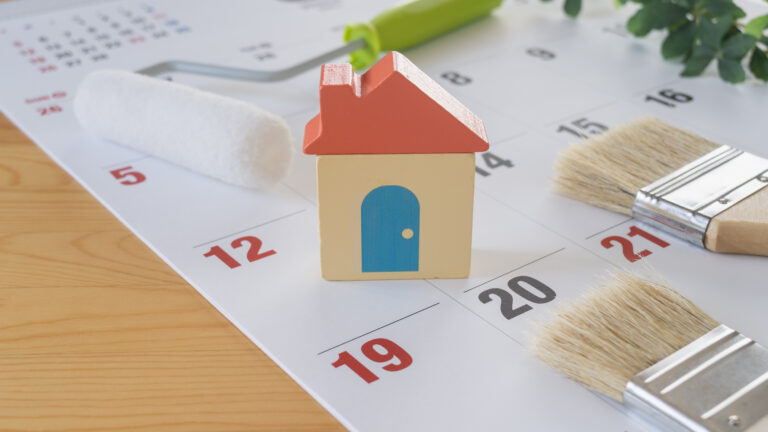A Guide To Dealing With Emergency Roof Repair
Have you found yourself looking up to a dripping ceiling in the middle of the night, wondering if you need emergency roof repair or if this can wait until the morning? No homeowner wants to risk additional damage to their home by leaving a major roof leak unchecked. However, getting emergency repairs is a stressful hassle. We’ll walk you through a few ways to determine if you are dealing with a roof repair emergency and how you can best protect yourself and your home if it is an emergency. We’ll also detail what your roofer will do to respond to the emergency and limit the damage to your home before the roof can be completely fixed. It is also important to consider whether your roof leak is covered by your home insurance, and if so and you intend to make a claim, to document the water damage with photos and take reasonable action as soon as possible to minimize further damage and inform your insurance agent.

What Qualifies as a Roof Repair Emergency?
You know you’re dealing with an emergency situation if your home’s interior or your attic is exposed to the elements due to a roof problem. This is also true if the water damage or physical damage is structural or could cause structural damage quickly. You also need immediate help from a roofer if your home is at risk of major damage due to the volume of water or the specific location of the water. For example, if a small amount of water is pouring down on your fuse box, you need help right away, even though the same amount of water in your living room might not qualify as an emergency to you. If you’re in doubt as to whether you’re dealing with a roof-related emergency or not, it is best to have a roofer assess the issue.
Types of Emergency Roof Leaks and Damage
You might also be able to assess if you need to call a roofer right away based on the kind of roof leak or roof damage that you are dealing with. Here are some problems that may qualify as an emergency roof leak:
- Pests and animals: Minor roof infestations of bugs, birds or mammals may not be an emergency situation. However, if the infestation has caused large holes in your roof or has caused significant damage to the shingles and other layers of the roof, then it may be an emergency, particularly if a storm is on its way.
- Roof neglect: Roofs that have not been maintained and inspected on a yearly basis may develop serious leaks in several vulnerable areas, from valleys to flashing.
- Fire damage: Asphalt shingle roofs are rated for fire resistance and designed not to readily ignite or feed the fire. However, they can still be damaged by exposure to flames and extreme heat. After a fire, you will likely deal with many emergency repairs to various parts of your home, and your roof may also require an emergency repair to replace any shingles, underlayment, decking or roof trusses that were exposed to the fire.
- Tree damage: Fallen trees can be a significant risk to roofs and their structural integrity.
- High winds: Extreme winds can rip layers off your roof, leaving the underlayment, decking or even attic space exposed to the elements.
- Lightning strikes: Lightning strikes to roofs can cause significant damage to roof structures, leaving your home vulnerable to further storm activity and water intrusion.
- Other weather events: Hurricanes, tornados and major thunderstorms can all cause significant enough damage to your roof to warrant an emergency call to your roofer.
- Structural collapse: If your roof may be at risk of collapsing, it is undoubtedly an emergency. Severe and long-term condensation, extensive water damage, tree impact, more snow than the roof is designed to hold and other damage may all be risks for collapse.
- Ice dams: Major ice dams can cause damage and leaks that may become emergencies.
- Mold: Extreme mold growth in your attic may become an emergency. If the mold growth is due to a lack of roof ventilation, which caused condensation, then a roofer can add the necessary ventilation to help correct this issue.
- Seriously clogged gutters: A gutter clog may be an emergency if it causes a serious leak from water backflowing onto the roof.
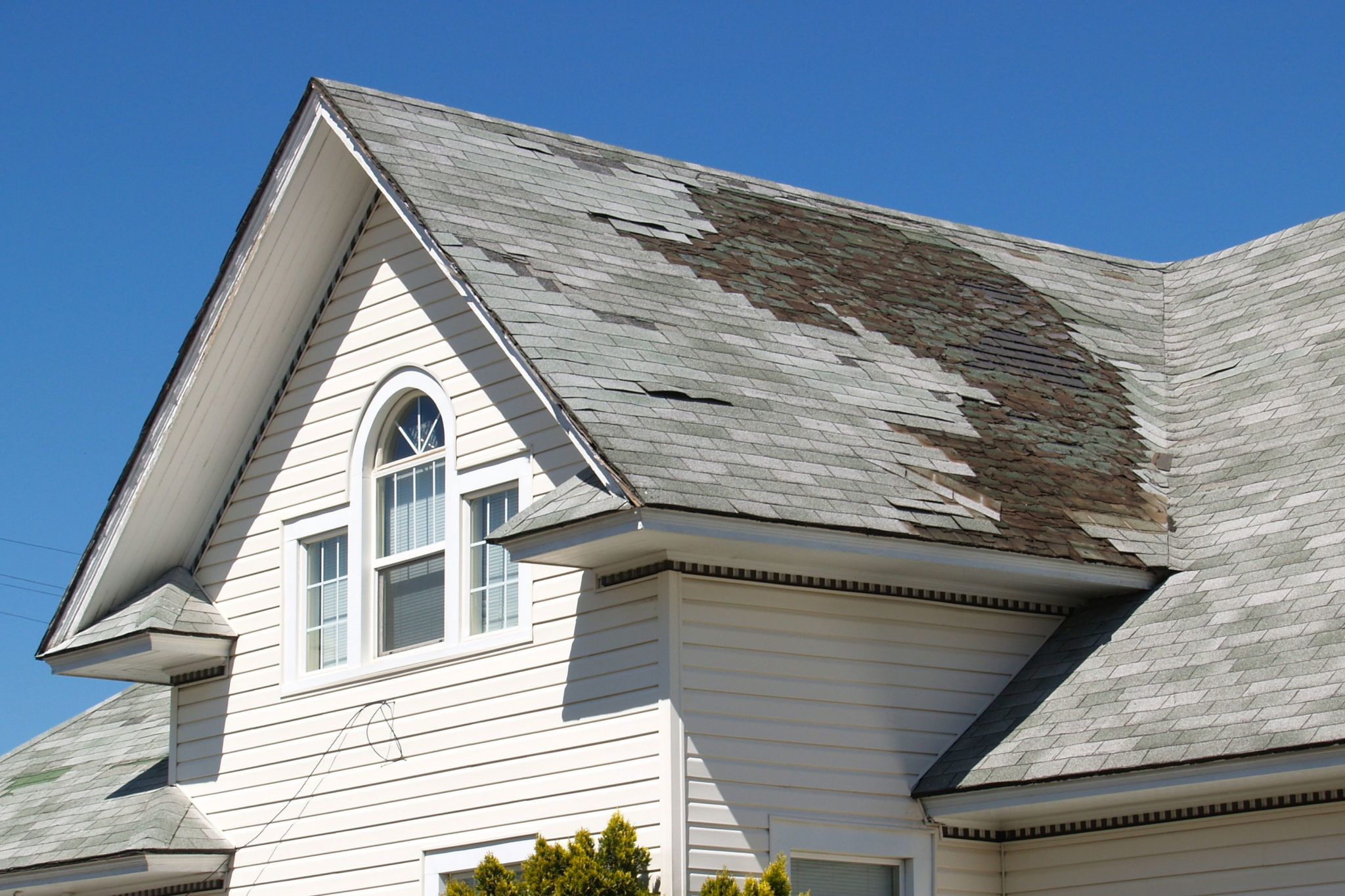
Nonemergency Roof Damage
Not all roof issues are emergencies. Here are some that may not necessitate a call to a roofer on Christmas morning:
- Minor leaks or gaps in flashing.
- Hail damage.
- One or two missing, or broken shingles.
- Limited condensation in the attic.
- Roof vent clogs.
- Small skylight leaks.
- Moss or algae growth.
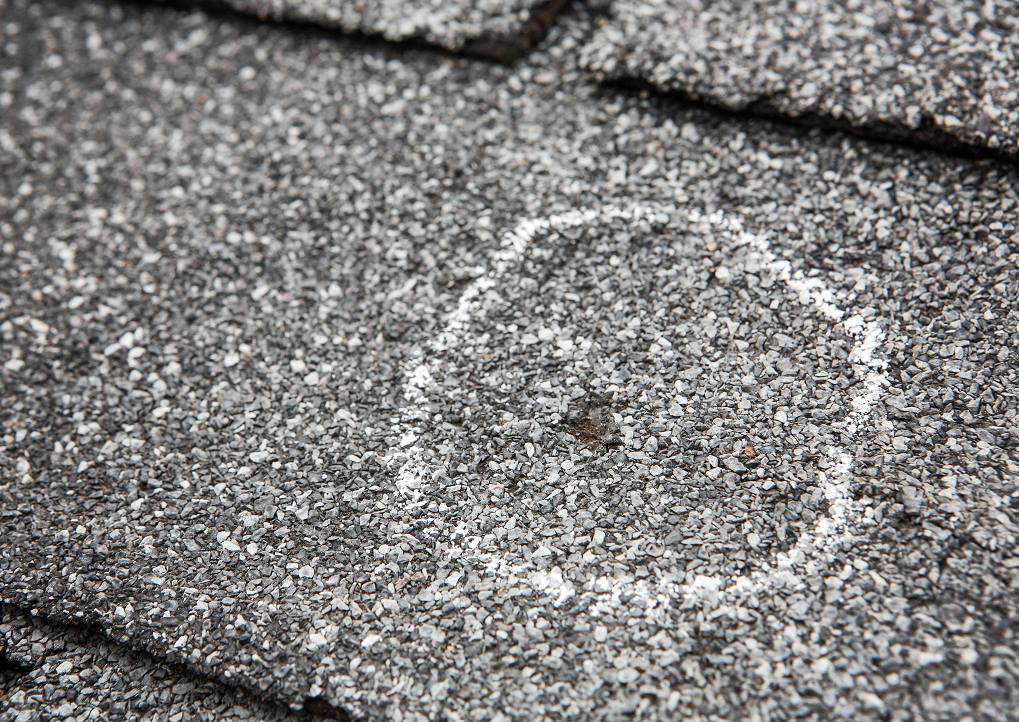
While these are less significant roof issues, they will still require professional attention. There is no roofing problem that you are fine leaving for a few weeks, as all can get worse over time. You should still seek attention for these roof issues during business hours.
What To Do in an Emergency Roof Repair Situation
When you realize that the roof leak you have does qualify as an emergency, it’s normal to feel overwhelmed. However, try to stay calm and follow these steps to handle the issue:
- Assess danger: Is the danger so severe that you and your family should evacuate the home? For example, if there is a possibility the roof will collapse, or your home is flooding with water, it is best to evacuate your family and any pets. If a fallen tree caused the damage, and this tree also brought down a power line, you should call 911 or your utility company. In the meantime, steer clear of the lines.
- Do not attempt repairs: Performing DIY emergency roof repair is a serious risk to yourself and even to your insurance coverage. Do not try to tarp or fix a leaking roof. Do not climb onto a damaged roof even to apply a temporary fix. There are many potential risks, including falling from the roof and even falling through the roof into the home. You may also be voiding your home insurance policy by attempting to address roof issues yourself. However, you may want to find the source of the roof leak yourself before the roofer arrives
- Call the professionals: Many roofers offer 24/7 emergency roof repair service, so you can call them even if it is the middle of the night. Be careful about who you call for an emergency roof leak, particularly if it is after a storm. It is best to avoid inexperienced or unqualified roofers who show up in town after storms and offer questionable repair services. Choose a roofer who has a roofing license and who is properly insured, and you should receive higher-quality repairs.
- Limit damage inside: While you are waiting for the roofer to arrive, you can use buckets to collect water, run a dehumidifier if you have access to one and take other steps to limit the damage to your home and possessions.
- Speak with insurance: If you choose to contact your insurance company, you may also ask your roofer to document the damage and help you complete the claims process. They may be able to write up a report about the damage your roof has suffered.
- Prepare: When you’ve received an estimate from your roofer, you may need to begin to prepare your home for a possible roof replacement. In addition, if the damage is severe, you may need to sort out other living arrangements until the work can be completed.
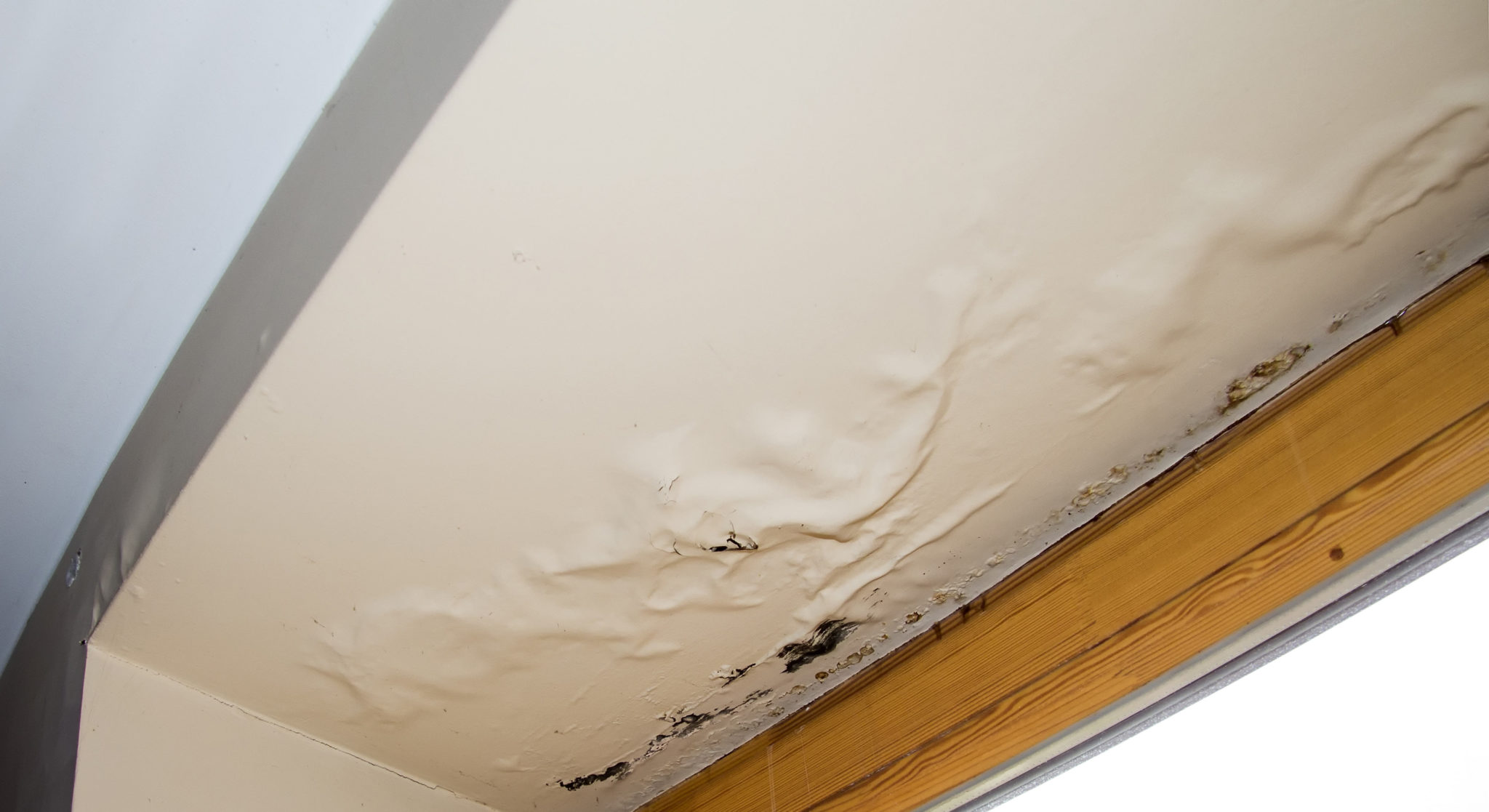
What Will Roofers Do in an Emergency?
When you call your roofer about an emergency, what will the process look like? It’s important to know what you should expect and what steps should be taken to protect your roof.
- Assess the damage: When your roofers first arrive, they will assess your roof for damage. They will look for the sources of any leaks and consider what needs to be done long term to restore the roof. This may involve minor repairs, or your roofer may suggest you need a complete roof replacement. There are usually signs you need a roof replacement that you can discuss with your roofer to determine what is best for your property. They may also alert you if it is wise for you to relieve the pressure of a leak on the inside by poking a hole in a swollen ceiling or taking other similar steps.
- Add a temporary roof patch: Your roofers will decide to place some kind of temporary patch or a tarp over the affected areas of the roof. This will give them more time to make repairs. It is especially important that they do this if the weather station predicts precipitation in your area before your roof repairs can be completed.
- Provide a quote: The roofers will then tell you what needs to be done to restore the roof and repair the damage. They should provide you with a written quote or estimate. If you make an insurance claim, they should also provide you with photos and any other necessary documentation for the claim.
- Schedule repairs: Remember that after major storms, roofers have a great deal of work and may need weeks to get to your roof. They will first tarp their clients’ roofs to prevent further damage and then usually focus on those homes with the most severe damage first. You should update your roofers if your roof’s condition deteriorates or if your tarp comes loose in the meantime.
Financing Your Roof in Emergencies
When you need emergency repairs, but don’t have the cash on hand to cover them, there are roof financing options available. You will need to balance your need for quick financing with the terms of the arrangements and the cost of borrowing. If you have personal lines of credit or other financing options you can get immediate access to, it may be wise to use them. You can also explore emergency roof repair grants.
Your roofer may offer emergency roof repair financing through a third party. In that case, they should be able to tell you how long it will take to get access to the funds through their financier.
While it is harder to make this comparison when you’re in an emergency situation, it is still important to explore the terms of your roofing finance options and ensure they are as favorable to you as they can be.
Ways To Avoid Emergency Repairs
One of the best ways to avoid emergency roof repairs is to have roofers perform regular maintenance on your roof, including cleaning gutters and inspecting roof elements for damage. It may also help you to familiarize yourself with the components of the roof, so you have a better understanding of how things should look on your roof and when you might need to call a roofer.

